Discover the wonders of the Panama Canal: a marvel of history, engineering, and nature. Learn about its pivotal role in global trade, explore visitor tips, and uncover the stories behind this iconic landmark. Plan your unforgettable visit today!
Controversy’s favourite child, Donald Trump, is the president-elect, and he is back with his controversial statements. Recently, he made headlines with provocative suggestions about US expansion in the Canadian territory, taking over the Panama Canal, and acquiring Greenland. Against this backdrop of uncertainty, I couldn’t help but remember my trip to Canal de Panama and reflect on my own fascination with the Panama Canal, which began over three decades ago when I was a kid. Having had the privilege of visiting this engineering marvel firsthand during the Adventure Travel World Summit (ATWS2024) in Panama just weeks before the US Elections, I was struck by its sheer scale and complexity.
As I stood at the edge of the canal, I was awestruck by the testament to human ingenuity and perseverance that it represents. The Panama Canal is a critical artery of global trade, shaving weeks off shipping routes and generating billions of dollars in revenue for Panama each year. In this article, I’ll delve into the canal’s rich history, explore the intricacies of its operation, and offer practical advice for visiting this modern wonder and what are the best tours to Canal de Panama. From its humble beginnings to its current status as a linchpin of international commerce, I’ll provide an insider’s perspective on what makes the Panama Canal tick – and what you need to know to make the most of your visit.
Where is the Panama Canal, and why is it so important for Global Trade?
Spanning 82 kilometres, the Panama Canal connects the Atlantic and Pacific Oceans through the isthmus of Panama, the narrow strip of land that links Central America with South America.
The Panama Canal symbolizes Panama’s unique geographical importance as the ‘Hub of the Americas.’ With Panama City Tocumen International Airport offering direct flights to 83 cities across 36 countries, the country connects continents in a way no other place can. The canal, which earns Panama $7 billion annually, sees an average of 13,000 ships transit annually, making it a vital artery for global commerce. Panama Canal serves more than 180 maritime routes, connecting 1,920 ports across 170 countries. The Canal operates 24 hours a day, 365 days a year, and employs approximately 9,000 workers. It offers transit service to ships from all nations without discrimination.
How much time and distance is saved by the Panama Canal?
Ships sailing between the east and west coasts of the United States, which otherwise would be obliged to go from the Atlantic to the Pacific via Cape Horn in South America, effectively shortened their dangerous and treacherous voyage travel time by about 5 months and travel distance by about 8,000 nautical miles (15,000 km) by using the Panama canal.
It’s important to note that the Panama Canal is more than a commercial waterway—it’s a global sustainability asset. By shortening routes, it saves over 13 million tons of CO2 emissions annually. My local guide, Jordi, explained that the extremely hot summers caused by climate change create challenges for its reliance on rainfall, complicating its smooth operation. As it was evident, even during my visit, low water levels had reduced the daily ship count from 35 to 22, highlighting the delicate balance between nature and engineering.
History of Panama Canal
The Panama Canal is a striking testament to human engineering and resolve, serving a vital function in global trade. Although its construction highlighted our innovation, it extracted a heavy toll—approximately 25,000 lives were sadly lost during the endeavour.
The ambitious project commenced in 1880 under the guidance of Ferdinand de Lesseps, who had previously built the Suez Canal in Egypt. Unfortunately, the French faced unforeseen challenges, including the perils of malaria and yellow fever, which ultimately led to their withdrawal and the heartbreaking loss of about 20,000 lives after nine years of relentless effort.
However, one country’s loss became another’s gain. Theodore Roosevelt, who was the US President at the time, acknowledged the strategic significance of the canal and spearheaded the United States to take action in 1904. With a renewed sense of purpose, the canal was ultimately finished in 1914, costing the U.S. about $375 million, which comprised payments to both Panama and the French firm.
However, the narrative of the Panama Canal is layered, intersecting with the intricate realities of political dynamics and American imperial aspirations. Roosevelt’s commitment to the canal precipitated U.S. involvement in Panama’s independence from Colombia in 1903, resulting in a treaty that established an American-controlled zone, at times complicating Panama’s sovereignty.
In the years after the canal opened, tensions increased between America and Panama over control of the Canal Zone. The U.S. began to relinquish control in 1978 with the Torrijos-Carter Treaties, culminating in a full transfer back to Panama on December 31, 1999.
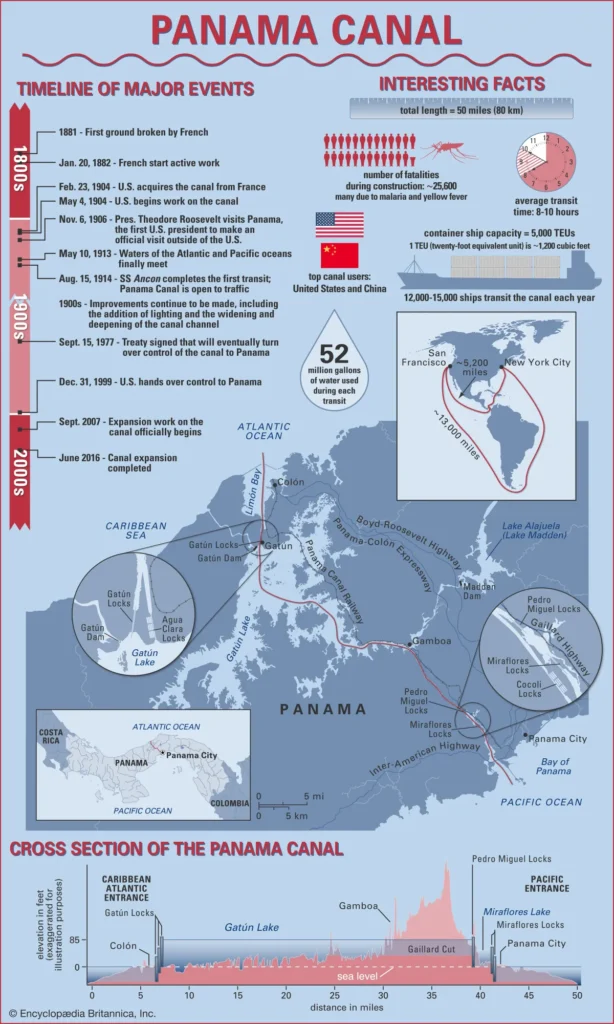
Since then, Panama has dedicated over $5 billion to widening and deepening the canal to handle ships nearly three times larger than before. In 2016, it proudly unveiled a new set of locks.
Interestingly, the U.S. continues to be the canal’s largest user, representing about 70% of transits. The Panama Canal’s history and strategic value exemplify the incredible spirit and determination that brought this monumental project to life! Panama Canal is once again in the news – Donald Trump criticised Panama Canal fees as a ‘rip-off’ and raised alarms about China’s influence near the canal, sparking a renewed debate over its trade role and sovereignty. Only time will tell who wins this battle of control.
My Visit to the Panama Canal
Morning Excursion – Agua Clara Locks and Miraflores Locks
My Panama Canal tour kicked off at 8:00 am from the Crowne Plaza Hotel in Panama City. By around 9:30 am, I arrived at the Agua Clara Locks, situated near Colón on the Atlantic side, where a new set of locks was installed in 2016 as part of the canal’s expansion. I was lucky to witness a ship from Hong Kong navigating through the locks. My local Panamanian guide, Jordi, provided numerous insights into the history of the Panama Canal, its revenue, and its operational processes.
How the Panama Canal Works
Fascinated by the incredible engineering behind the Panama Canal, I observed the transit of ships through its waters. Jordi explained,
The Panama Canal employs a system of locks to raise and lower ships between the Atlantic and Pacific Oceans. Vessels are raised 85 feet (26 metres) above sea level to access Gatun Lake and gradually descend on the other side. This intricate process is managed by specialised personnel. Rather than large ship captains, highly trained pilots in small boats navigate the narrow canal locks, ensuring safety and efficiency.
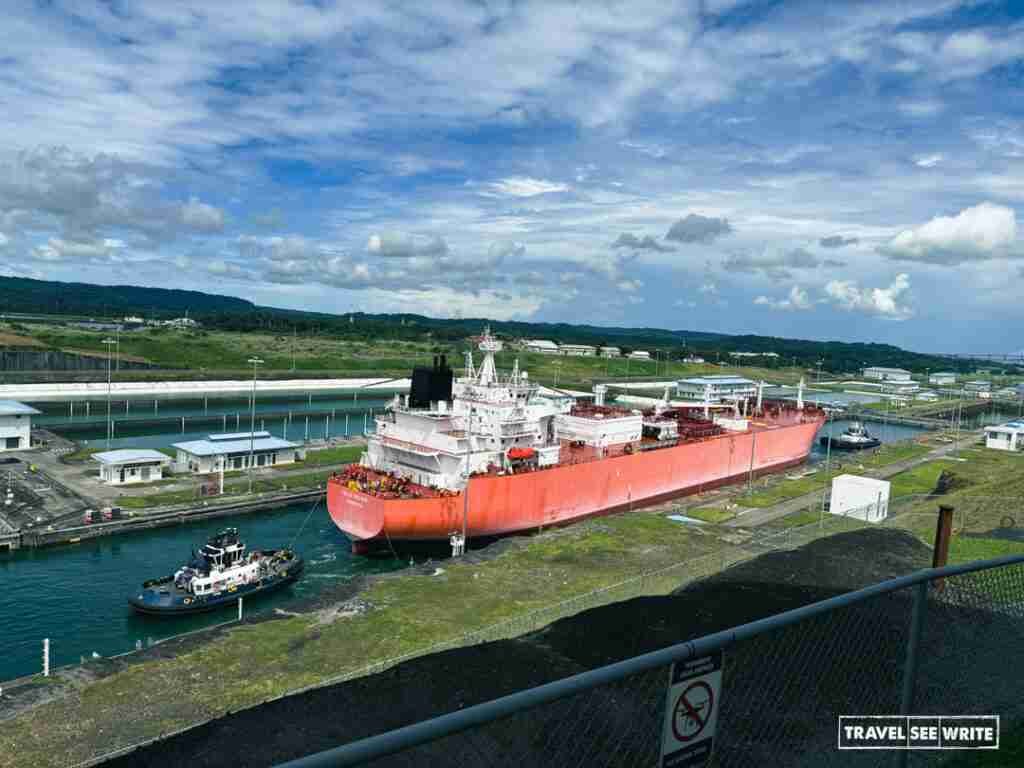
It was fascinating to note that, despite the Pacific side being higher than the Atlantic, everything functions seamlessly thanks to the cleverly engineered locks and a gravity-driven water system. The locks utilize gravity to draw water from lakes supplied by rivers. Each lock is constructed in pairs, with a control tower located on the dividing wall between them. This control tower manages the electric motors responsible for moving the lock gates, which measure 65 feet in width and 6.5 feet in thickness.
Jordi further continued,
On average, a ship takes 8 to 10 hours to pass through the canal. The canal’s traffic management is equally impressive. Two lanes of locks switch directions every six hours to accommodate massive vessels. At night, smaller boats freely transit in both directions, showcasing the canal’s efficiency.
Fascinatingly, the canal relies on rainfall to fill its waterways, which adds a layer of vulnerability during dry spells. Overall, the Panama Canal is a triumph of engineering and a delightful spectacle to behold! The unique experiences it offers, from watching ships transit to exploring its intricate locks, make it a must-visit destination for any travel enthusiast.
After spending close to half an hour, we explored another key spot along the Panama Canal – Miraflores Locks Visitor Centre. This is the top location to watch ships transit through the Panama Canal. Among the three decks, I positioned myself on the observation deck nearest to the locks, attentively observing the functioning of the locks. A live bilingual commentary explained the lock operations in both English and Spanish. After witnessing a ship pass, I visited one of the exhibition halls at the Miraflores Museum and explored its gift shop.
Tip: To truly enjoy the magnificence of the Panama Canal, think about taking a cruise. You can also observe the canal’s operations live through the Panama Canal webcam, which further enriches the experience. Before your visit, I suggest checking Panama Canal’s transit schedule today to plan your trip better. Additionally, you can look up the Miraflores Locks schedule to watch the ships pass through. For an enhanced experience, consider a Canal de Panama or Panama Canal boat tour.
Afternoon Excursion – Fort San Lorenzo
Around 11 am, we headed to the mouth of the River Chagres, which was dammed up to create Gatun Lake for the Panama Canal. We walked for half an hour in the Chagres National Park, where Spanish-colonial Fort San Lorenzo is located. It was declared a UNESCO World Heritage Site and is the starting point of the Camino de Cruces route. The fort was attacked and destroyed by English pirate Sir Henry Morgan in 1671 and later rebuilt. Around noon, we departed from the Caribbean for lunch and post that continued to the main part of the Panama Canal, Lake Gatún.
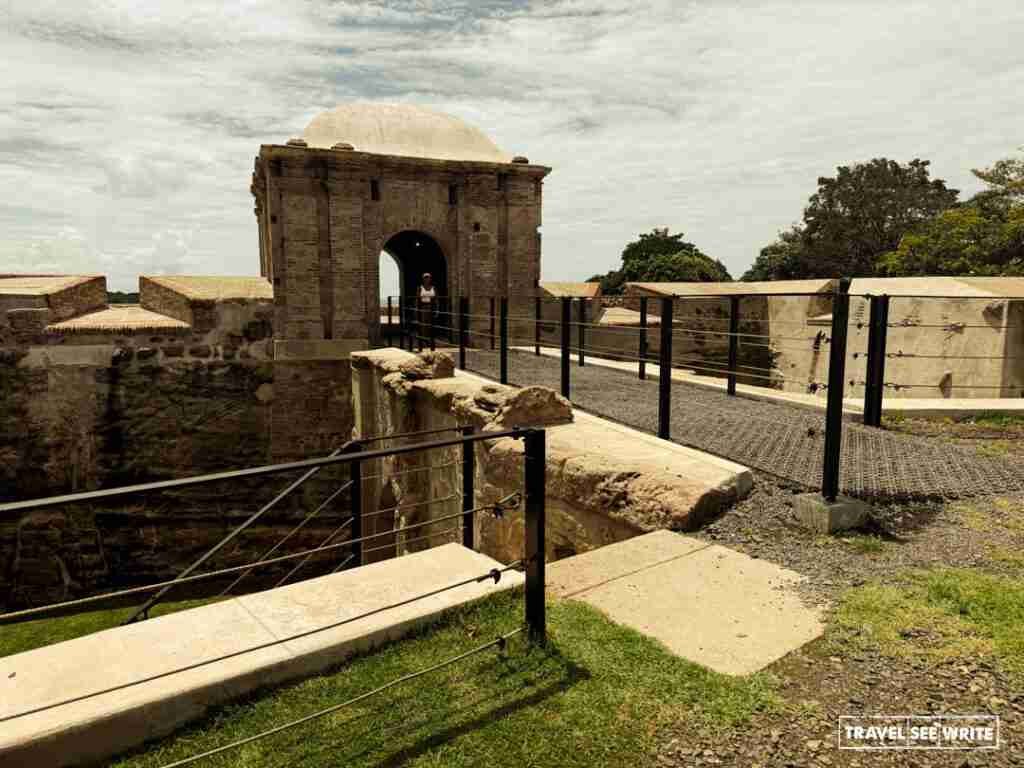
Evening Excursion – Boat Tour on Gatun Lake, Panama Canal
After lunch, we set off on a boat trip across Lake Gatún, which provided an immersive look at the canal’s breathtaking natural beauty and varied wildlife. This man-made lake covers roughly 525 square kilometres and is surrounded by dense rainforests. As our fishing boat zipped over the water, we saw large ships waiting to navigate the Panama Canal.

We made stops at several small islands to watch wild Capuchin monkeys, Howler monkeys, Geoffrey’s Tamarin monkeys, and a Tiger Heron. A particularly funny moment was when a monkey used a lemon as a natural insect repellent, rubbing it on its body! Our guide had brought snacks, which attracted the wild animals. While this allowed us to observe them closely, I personally oppose this practice as it poses safety risks to both humans and wildlife and is not sustainable.
During boat tours on Gatun Lake, you can spot a variety of wildlife, including:
- Monkeys: Howler monkeys, capuchin monkeys, and spider monkeys.
- Birds: Toucans, quetzals, eagles, and hawks.
- Sloths: Two-toed and three-toed sloths.
- Caimans: Small alligator-like reptiles.
- Fish: Peacock bass, tarpon, and snook.
- Butterflies: Blue morpho, monarch, and sulfur butterflies.
Remember that wildlife sightings can vary depending on the time of day, season, and weather conditions.
After exploring the Panama Canal and its surroundings, we drove to check in to our hotel in Gamboa to continue the rest of our adventure. (More about that in the next post)
How much does it cost a ship to cross the Panama Canal?
Navigating the iconic Panama Canal is an incredible journey, and the toll fees add an interesting dimension! American ships use the canal the most, followed by those from China, Chile, Japan, Colombia and South Korea. Every vessel that travels the canal must pay a toll. These fees depend on various factors like the ship’s type, size, and cargo. Here’s a quick snapshot of the approximate tolls for different vessels:
- Container Ships: $300,000 – $500,000
- Tankers: $200,000 – $400,000
- Bulk Carriers: $150,000 – $300,000
- Cruise Ships: $100,000 – $200,000
- Private Yachts: $1,000 – $5,000
- Small Vessels:$500 – $2,000
Large vessels certainly represent a substantial investment, paying around $450,000 in tolls and spending an additional $3-6 million to beat the logjam of the carriers waiting to sail through the canal of up to 8-10 days. They can bid for the daily transit slot, with the highest bidder being selected each day, but this bidding occurs only once per day, and there is only one winner. However, beginning in January 2025, under the new system, Long-Term Slot Allocation (LoTSA) will provide booking slot packages for various market segments. This will enable customers to secure multiple bookings in a single transaction up to one year in advance.
Frequently Asked Questions about Visiting the Panama Canal
- Is the Panama Canal worth visiting: Absolutely! It is an engineering marvel and a testament to human ingenuity.
- Can tourists go through the Panama Canal: Yes, tourists can take a guided or boat tour to experience the canal’s locks and learn about its history and operations.
- What is the best month to visit the Panama Canal: The best month to visit the Panama Canal is during the dry season, from December to April.
- How to get to the Panama Canal: From Panama City, it is only a 30-minute drive to the Miraflores Visitor Center. You can drive down in a private car, take a taxi, or even opt for an organised tour.
- Can I visit the Panama Canal on my own: Yes, you can see the Panama Canal independently, but study the Panama Canal map to better understand its layout and, if possible, go early in the morning to avoid the crowds.
- Are guided tours worth taking: While self-guided tours are an option, I highly recommend taking a guided tour of the canal and a boat tour of Lake Gatun. The guides can answer all your questions and truly showcase the area’s wildlife. If you enjoy cruises, a cruise from Florida is a good choice.
- What is the Panama Canal entrance fee: The entrance fee varies depending on the location and type of tour. Entry to Miraflores Locks is $15-$20 per adult, and boat tours are $100-$150 per person.
- Book your tour in advance: Tours can fill quickly, especially during peak season.
- Be prepared for crowds: The canal can be busy, especially during peak season.
- How to see the Panama Canal for free: As an alternative to the Miraflores Visitor Centre, the Pedro Miguel Locks are an easy stop from the highway to Gamboa.
- How much time do you need to visit the Panama Canal: I suggest dedicating at least a day to exploring the canal and its nearby areas. For an enriching experience, consider following my Panama Canal travel guide itinerary.
- What to wear: Wear comfortable clothing and shoes, as you’ll be doing some walking and standing.
- What to bring: Bring binoculars, a camera, sunscreen, a hat, and sunglasses.
- Safety precautions: Be careful when walking near the canal, as the water is deep and the currents are strong.
- Accommodations and dining: Near the canal, there are several hotels and restaurants, ranging from budget-friendly options to luxury resorts.
- Respect the environment: The canal is a sensitive ecosystem, so please respect the environment and wildlife.
- Unique things to do in Panama: While you must visit Panama Canal, there are a lot of unique things to do in Panama, such as experiencing the Indigenous culture of native tribes, immersing yourself in the Congo culture of Panama, seeing the biodiversity of Panamanian mountains, rivers and beaches, among others
Conclusion: Why the Panama Canal Should Be on Your Bucket List
Visiting the Panama Canal isn’t just about seeing an engineering wonder—it’s about understanding how history, commerce, and sustainability intersect. Whether watching ships traverse the locks, exploring the San Lorenzo National Park, or learning about the canal’s geopolitical significance, this experience offers a unique perspective on how one country can impact the world. With its rich history, stunning scenery, and exciting activities, the Panama Canal is a destination that has something for everyone. Whether you’re a history buff, a nature lover, or an adventure seeker, a visit to the Panama Canal is an experience you’ll never forget.
As I left the Panama Canal, I couldn’t help but feel a sense of awe and appreciation for this incredible feat of engineering. It’s a testament to human ingenuity and a reminder of the importance of preserving our planet’s natural resources. If you haven’t already, add the Panama Canal to your bucket list and experience it yourself.
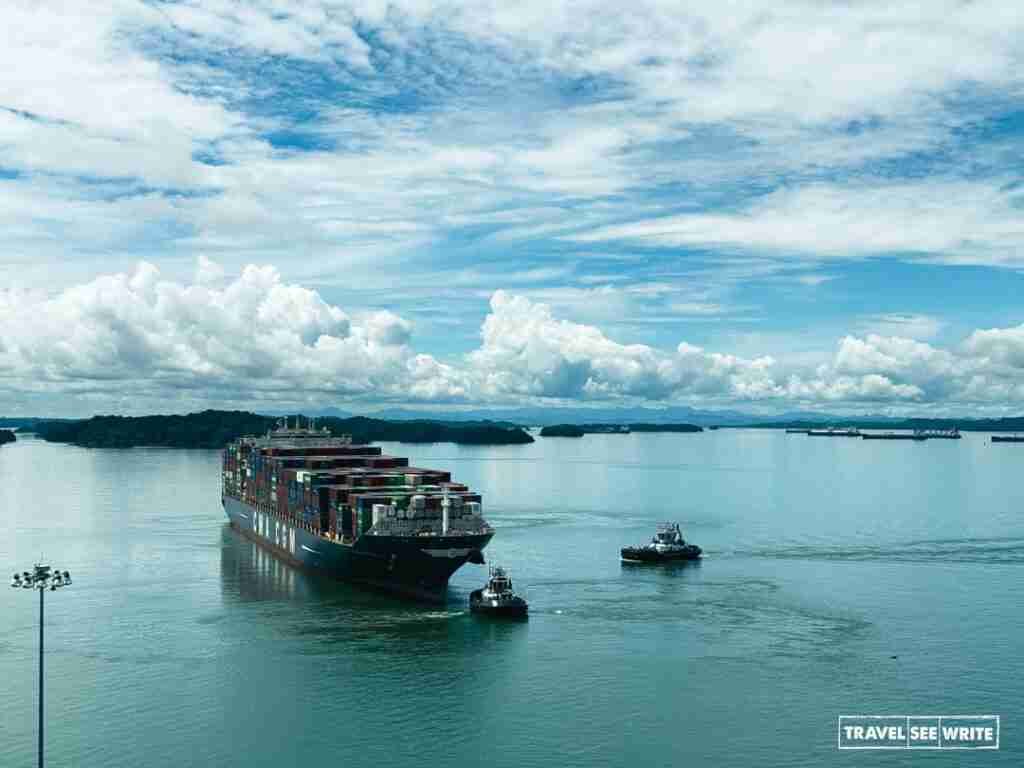
Disclaimer
ATTA and Tourism Panama invited me to attend the Adventure Travel World Summit (ATWS2024) as a hosted media. However, I personally experienced everything expressed above during my visit to the Panama Canal. Please do not copy anything without any written permission.
Further Reading
Discover Panama: Unique Adventures from Rainforests to Rich Indigenous Cultures
Greenland Travel Guide: Everything You Need to Know for an Unforgettable Adventure



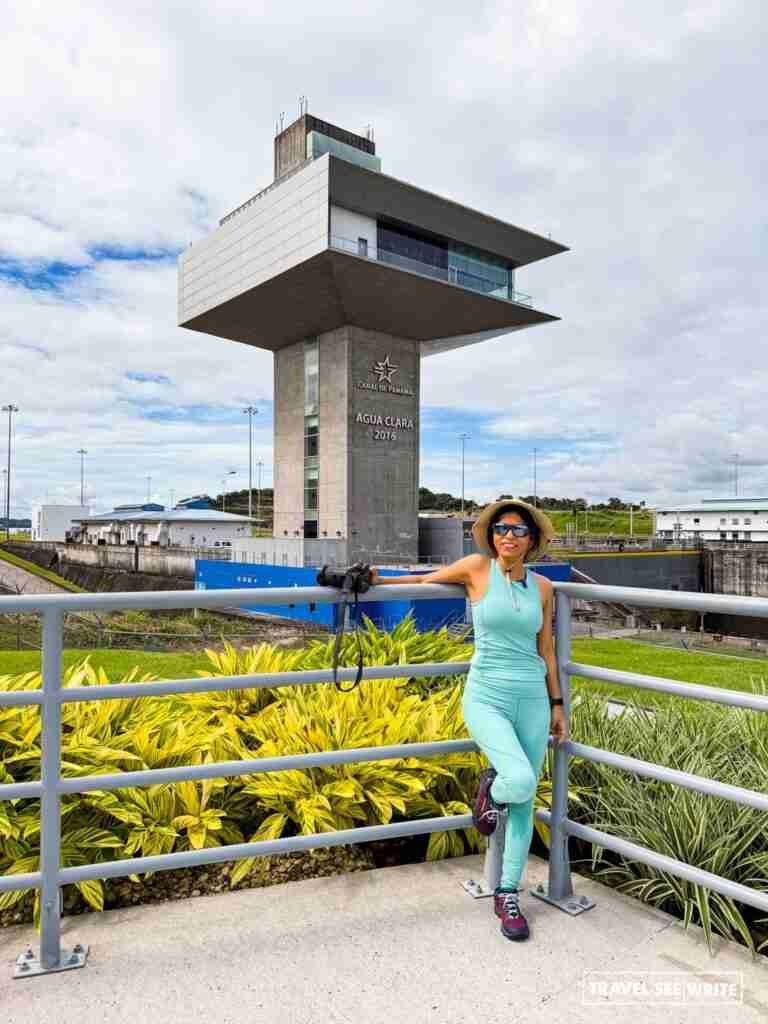

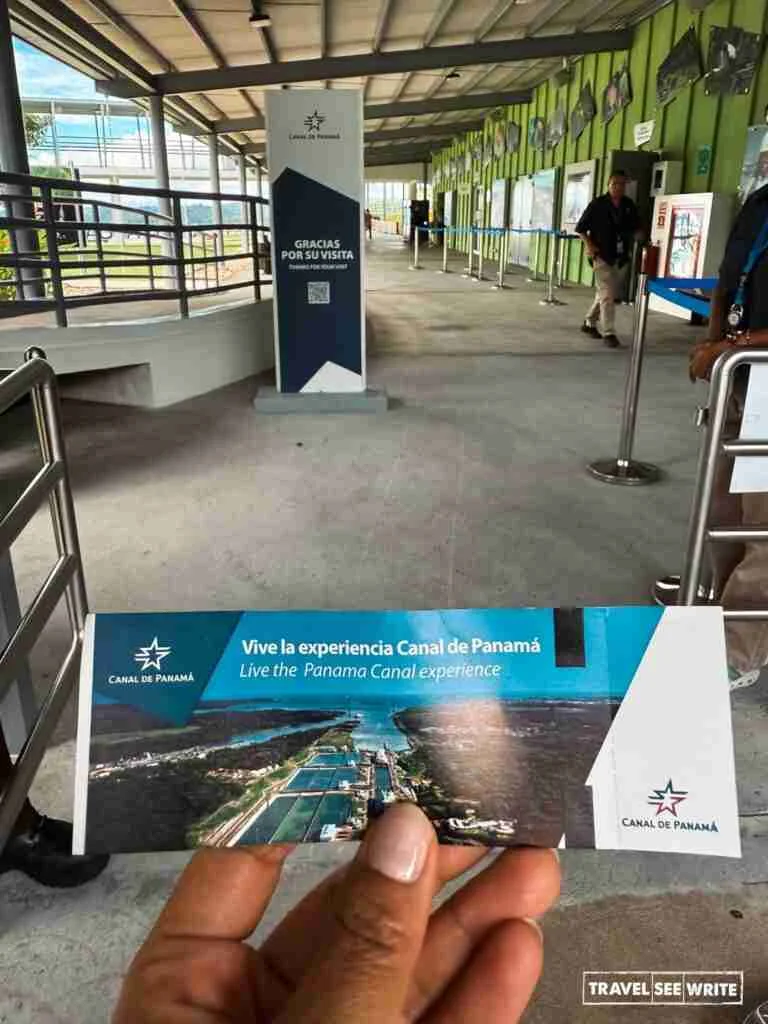
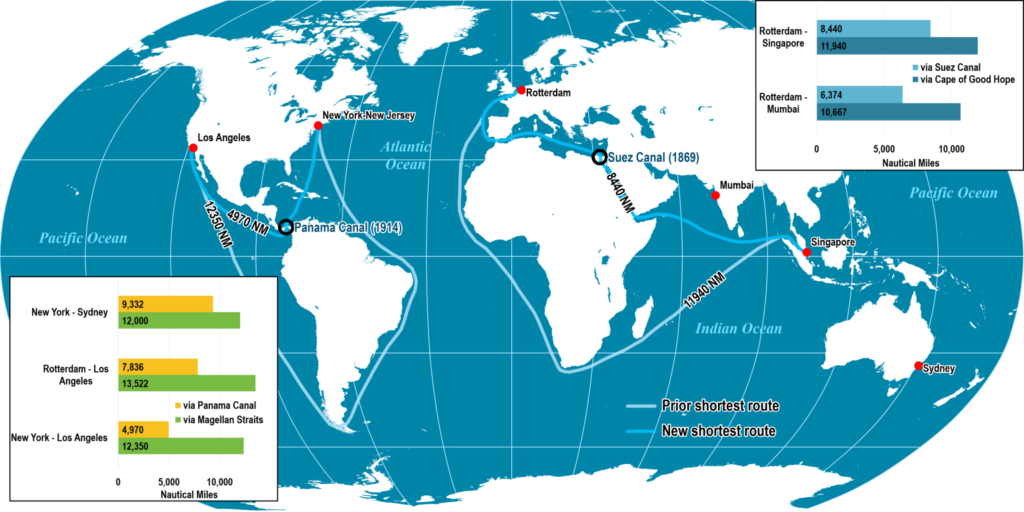
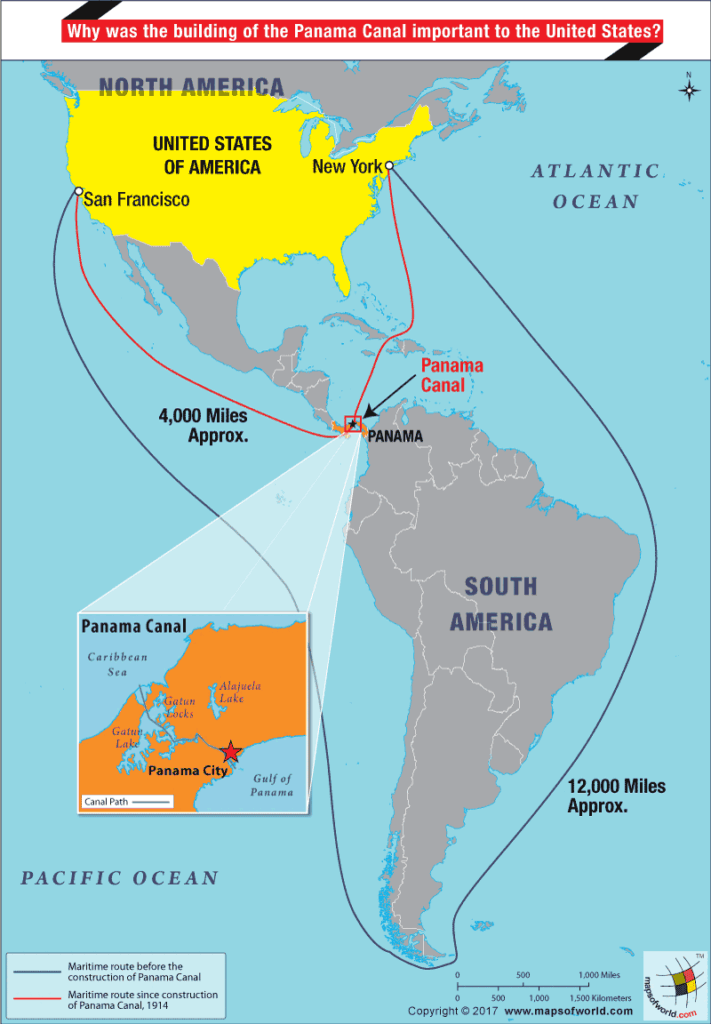
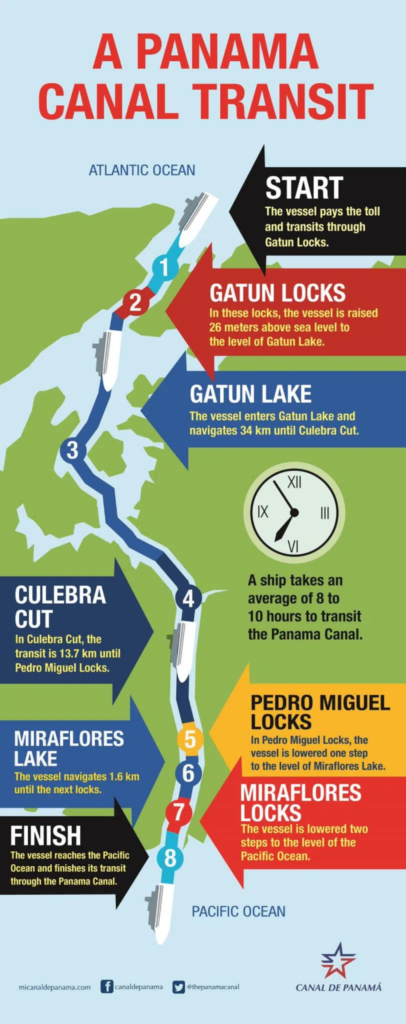
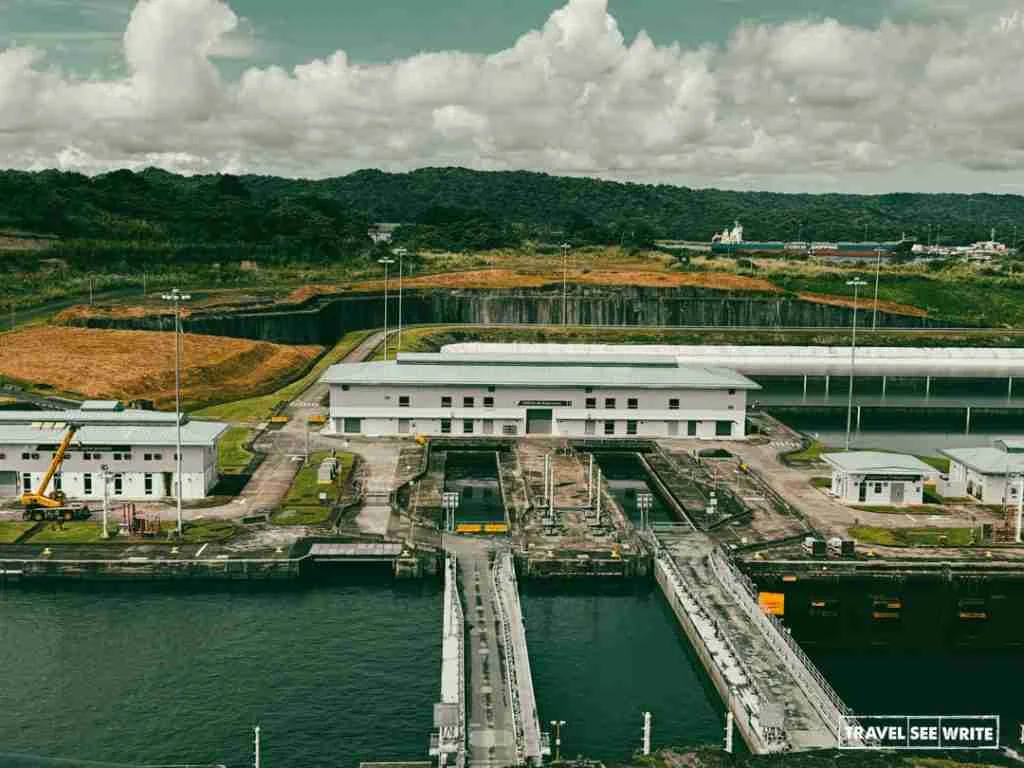


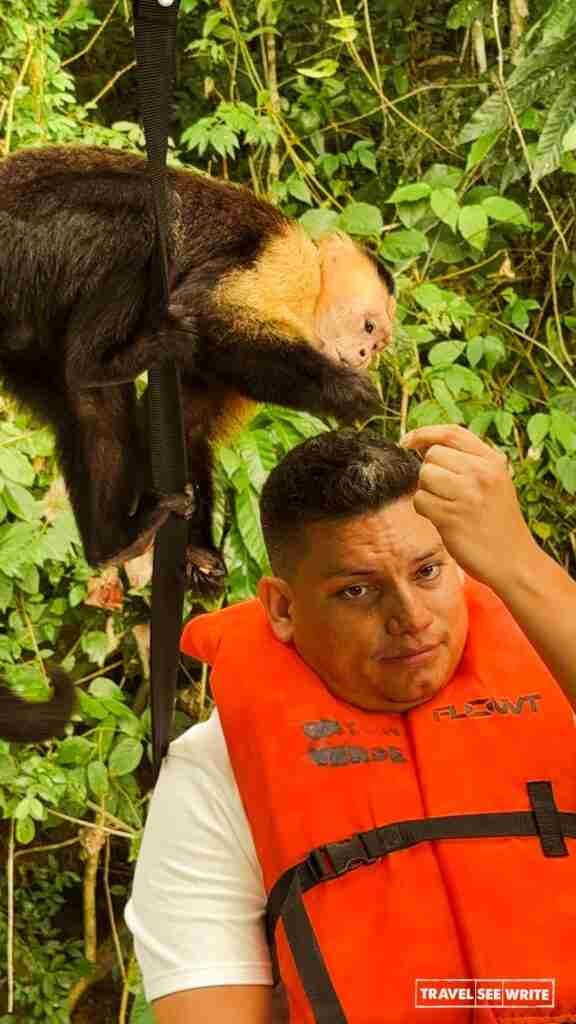
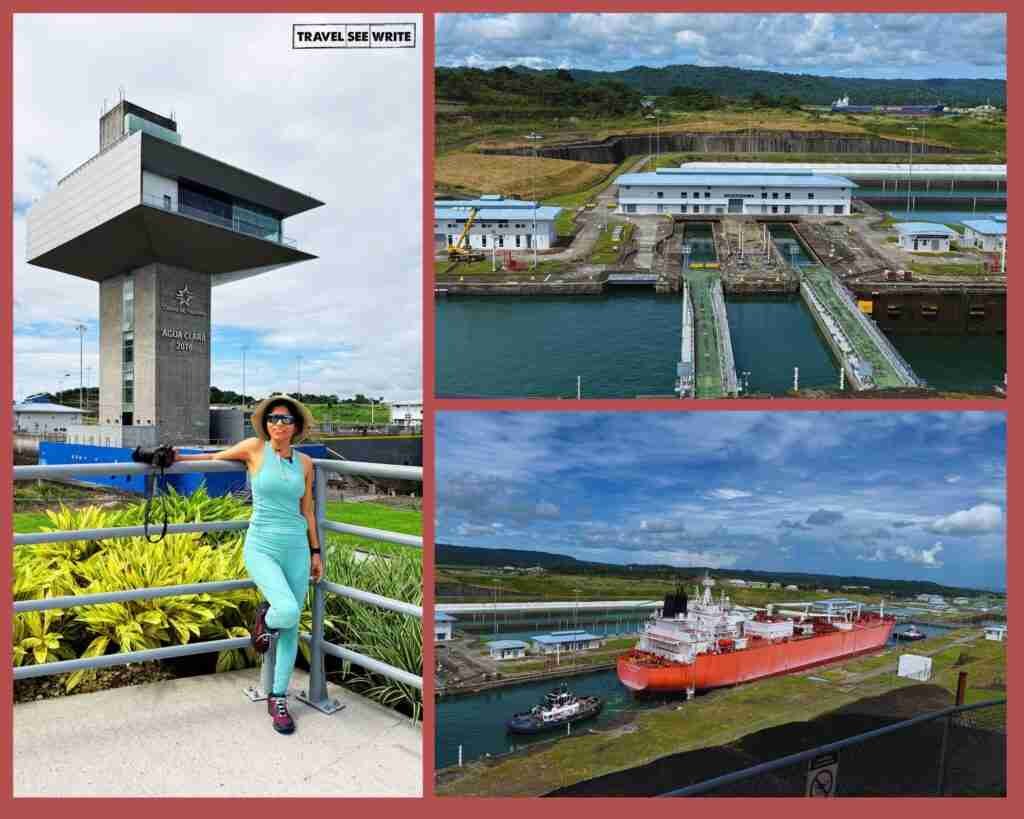

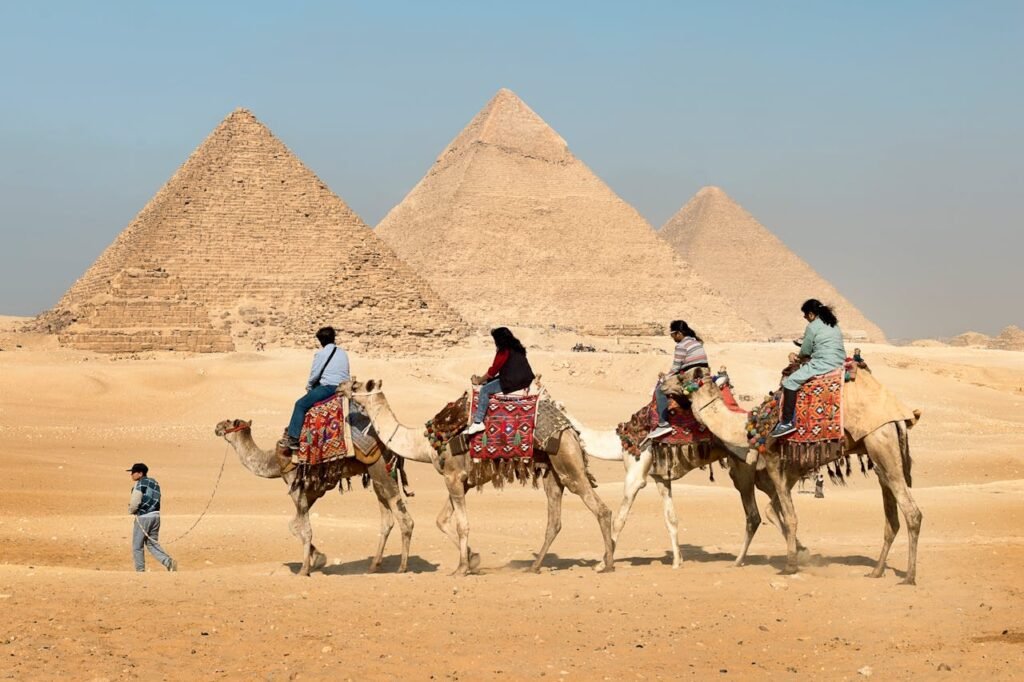

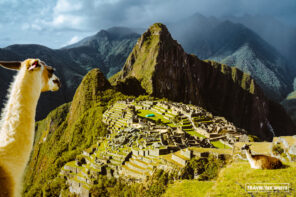

This is beyond interesting wow…25000 fatalities during its construction, this is mind-blowing…I would love to visit Panama.
Yeah, even I was surprised to know how difficult it was to built it and how majorly it impacted the world.
I have never been to Panama before, but it is somewhere I would like to explore. This looks like an interesting spot to check out.
It’s definitely worth a visit. So much to learn about history and global trade.
The Panama Canal looks like an awesome place to visit. Thanks for introducing this spot to me!
Thanks. I am glad I could share something useful with you. Thanks
Panama canal is very famous spot. I am happy that I can read this explanation and what are the things that I need to expect and need to do when I go there.
You are right, it’s very famous and definitely worth a visit. Glad you liked my article.
What a fantastic and educational day out to the Panama Canals. I would love to visit Panama one day
Thanks a lot. I am glad you liked the post. Thanks a lot.
I remember learning about the Panama Canal in history as a child! It’s great to visit such important and influential places.
It really is a modern wonder of engineering. Definitely worth a visit.
Well, what does one say when they hate Donald Trump and has never been intrigued by history and global trade?
I appreciate your candor, and I’m glad you felt comfortable sharing your thoughts. However, I’d like to respectfully shift the focus back to the topic at hand: the potential implications of Trump’s statement on the Panama Canal. Unlike some others, I’ve approached this topic with thorough research, visiting the canal and speaking with locals in both Panama and the USA to gain a deeper understanding of the issue. My article is based on verifiable facts and firsthand accounts, rather than personal opinions or biases. I strive to provide accurate and informative content, and I’d appreciate it if you could engage with the topic in a similar spirit of respectful dialogue and fact-based discussion. If you have specific insights or perspectives to share, I’m happy to hear them and consider your thoughts. However, I’d like to avoid speculative or judgmental comments that don’t contribute to a constructive conversation.